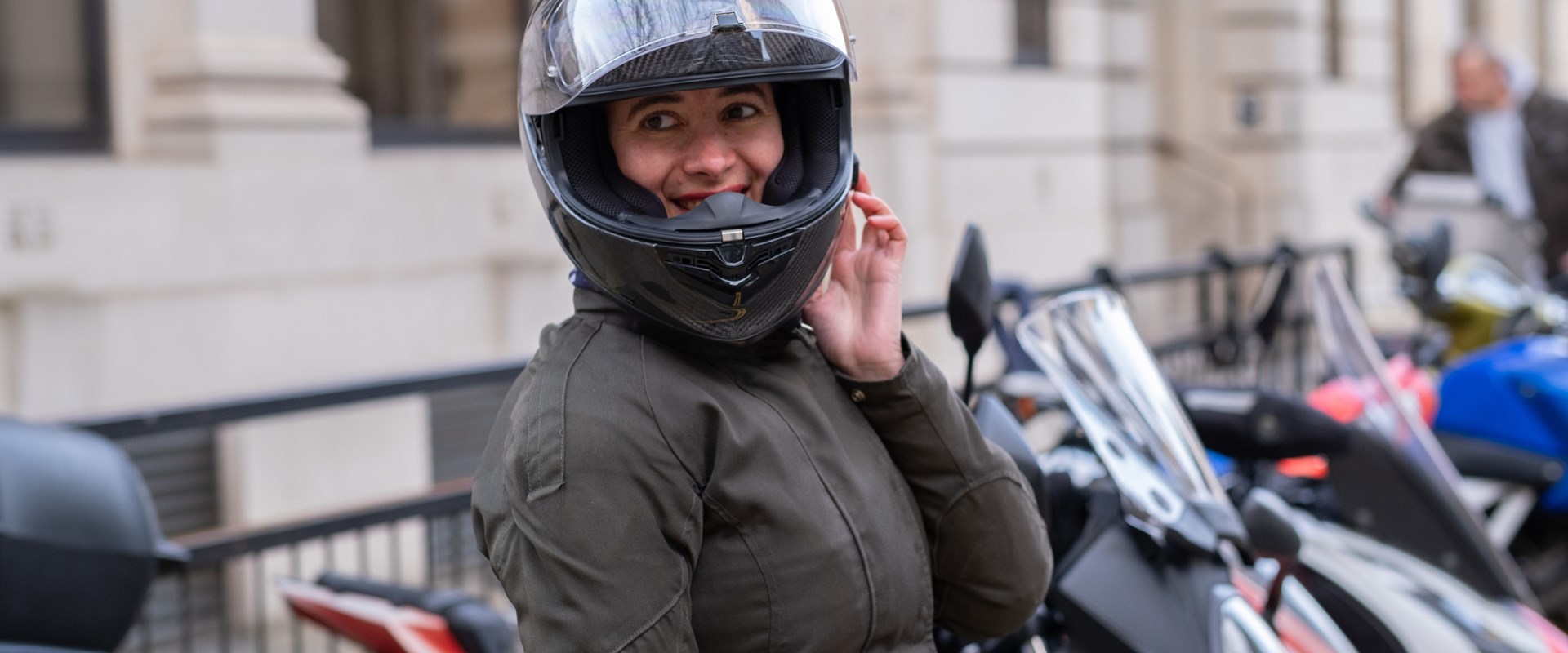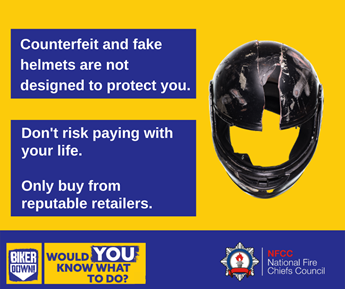
Motorcycle Safety
Safety Training
By improving your riding skills, and using the right protective gear, you can be safer on the road, enjoy being on your bike, and qualify for cheaper insurance.
Whether you’re newly qualified, returning to your bike or been riding for years, you can learn new techniques, or break bad habits.
Book onto a Biker Down course for FREE, visit our Biker Down page to book onto a course
You can also book onto BikeSafe workshop (external website) with theory presentations and observed rides or Royal Society for the Prevention of Accidents (RoSPA) group (external website), get lessons with an expert, and book an advanced riding test from around £100 - or less for young riders.

New Rider Hub for young or new riders
Visit the "New Rider Hub" to watch their Highway Code Film Series that have been designed for young and new riders aged 16 - 20, riding in an urban environment.
Films include, Junction Ahead, Keep Left Bollard & Pedestrian Crossing Key Rules and many more scenarios that every young rider should know to ride safely together.
Visit the New Rider Hub website to watch these short films (external website)
Are you Fit to Ride?
Self – Make sure you are fit to ride, not tired or under the influence of alcohol, drugs or any medicines which may affect your riding. Plan your route especially if you are taking your motorcycle out on a longer ride and make sure you take frequent breaks.
The Right Gear

Motorcycle helmets are lifesaving protection and reduce the risk of injury of death if an incident should happen. To travel safely and legally you must wear a safety helmet that meets British safety standards when riding on a motorcycle or moped on the road. A helmet is the most important part of your kit so getting it right is crucial. A brain injury is permanent – a genuine helmet is designed and tested to minimise the risk of head injury. They must meet one of the following:
-
BS 6658:1985 and carries the BSI Kitemark or
-
UNECE 22.05 or 22.06*, or
-
Meets with any standard accepted by a member of the European Economic Area, which offers a level of safety and protection equal to BS 6658:1985 and carries a mark equal to the BSI Kitemark
For more guidance on Motorcycle helmets, visors and goggles visit Gov.UK (external website)
POWDER Checks - Can help you keep safe
Whether you ride your motorcycle every day or you’re getting ready to ride as the weather improves, maintaining your motorcycle is crucial to keeping you safe.
Motorcycles need legal, correctly inflated and maintained tyres to ride safely, braking and handling on motorcycles. Check your tyres for uneven wear, embedded objects, cracks, or bulging as part of your regular maintenance.
-
Petrol – Check you have enough fuel for your journey to prevent breakdowns and putting yourself or others at risk.
-
Oil - Reservoirs have upper and lower marks, and the oil level is usually checkable via a window in the engine casing if not use a dipstick to
check. Ensure your motorcycle parked upright on level ground. The correct oil level will prevent your engine seizing up.
-
Water – Check coolant levels keep them topped up, running out of coolant can cause your engine to overheat which will damage your motorcycle.
-
Damage/Drive chain – Check the motorcycle over for any signs of damage this includes checking for chain tension and lubrication and damage to sprocket teeth. If your bike has a belt rather than chain, you should check for signs of damage such as cracking and drying.
-
Electrics – Check all lights including brakes and indicators are all working. Check cables are secure, and they or termination points are not worn as this can lead to failure of systems such as clutch, brakes or lighting.
-
Rubber - Check your tyres once a week. Check tyre pressure when your tyres are cold and ensure they are set at the correct pressure as recommended by the manufacturer. Over inflated motorcycle tyres can affect road grip and under inflated can cause problems with braking and handling.
Tyre Safety
Condition – look for cracks, bulges or objects embedded in the tread. Take a look and make sure your tyres are wearing evenly, if they’re not your tyre pressures may be incorrect, or wheel assembly may be incorrectly balanced. Ensure tyres are clean and free of oil and grease, wash them with the detergent if necessary. Check your tyre tread depth. It must be no less than 1mm around the circumference of the middle three quarters of the tyre.
More information for motorcycle tyres can be found on the Tyresafe website but if you have any concerns, you should get advice from a qualified professional or an approved fitting centre.
Find Out More
Government advice about motorbike safety (external website)
2 Wheels GM for Motorcyclists & scooter riders in Greater Manchester (external website)
Road Safety GB (external website)
Are you a new rider? Visit ROSPA Novice Riders Hub for FREE Advice (external website)